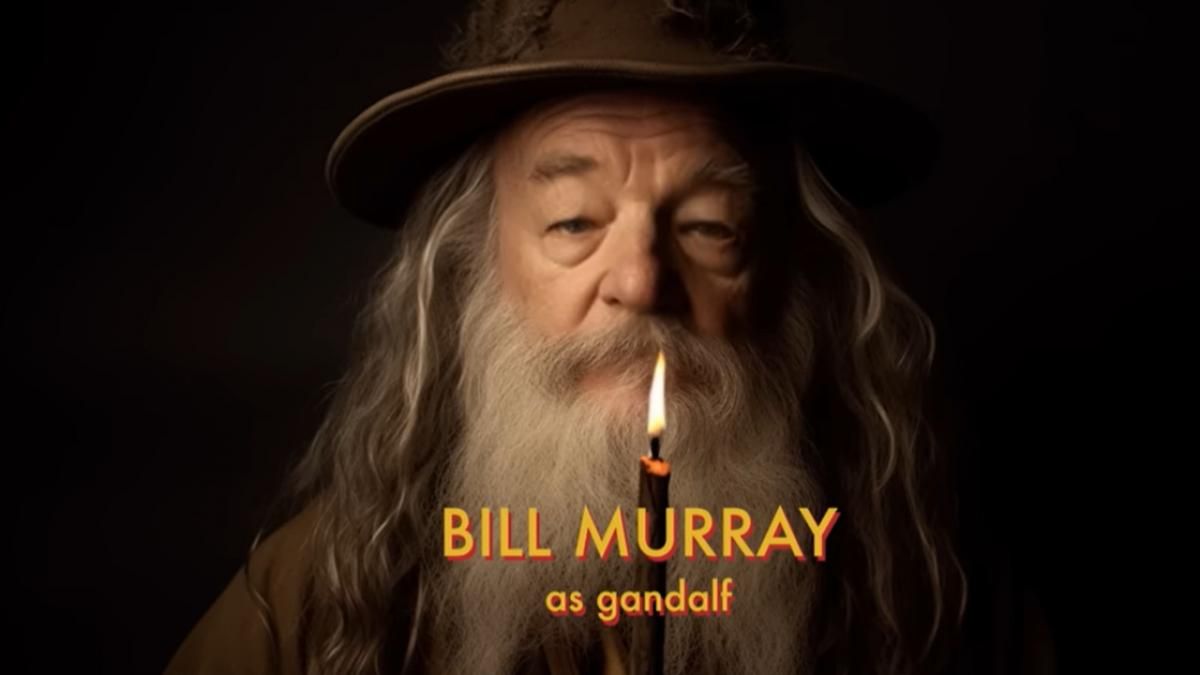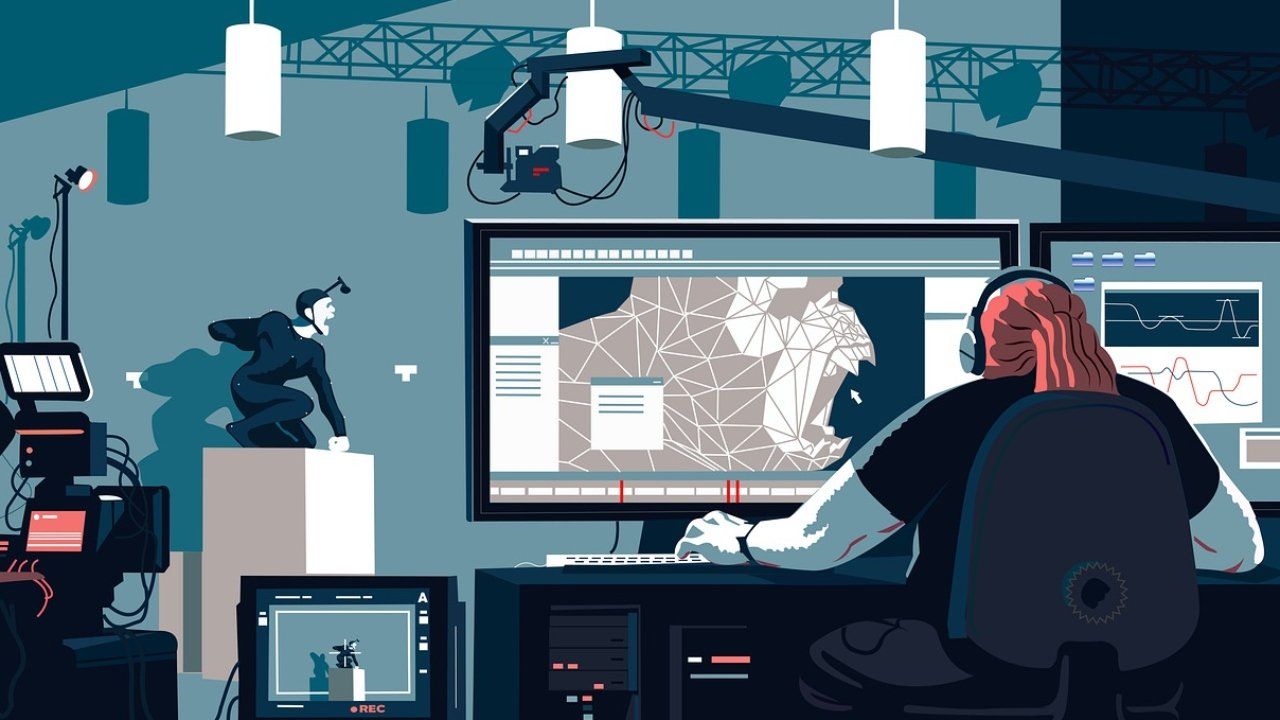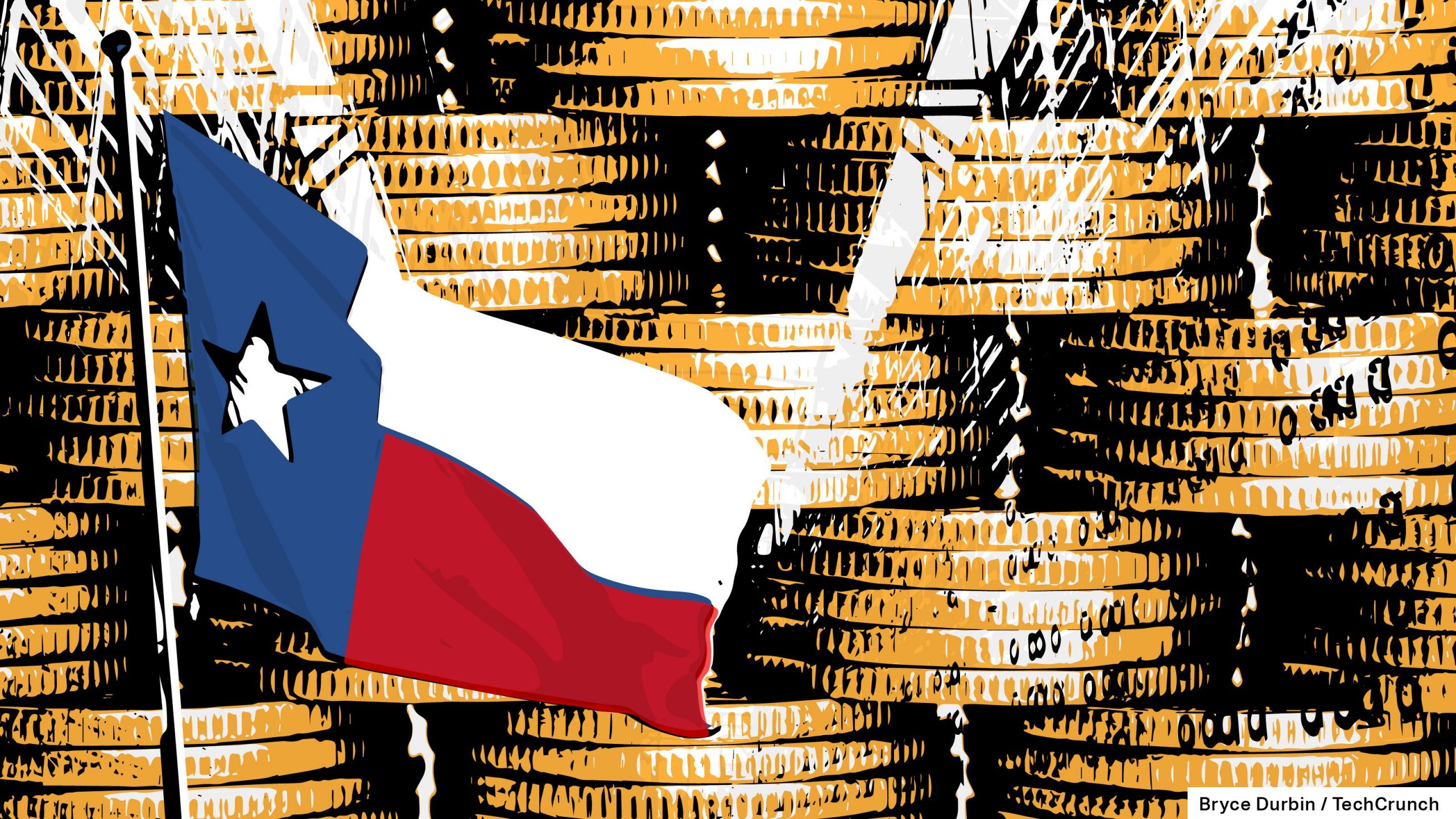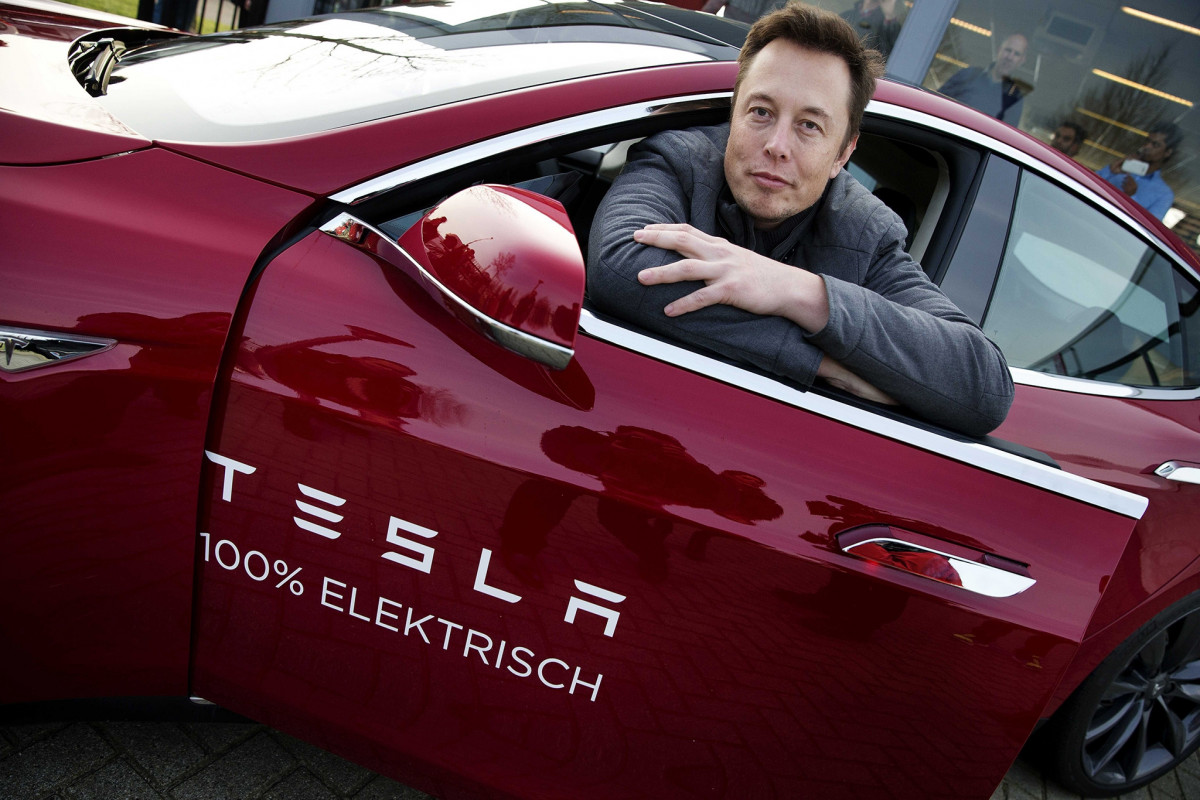As artificial intelligence continues to advance, new opportunities and challenges are emerging in various industries. Few sectors, however, are grappling with the implications as profoundly as Hollywood. A recent search for director Wes Anderson on YouTube revealed trailers for what appeared to be his unique takes on “Star Wars,” “Harry Potter,” and “The Lord of the Rings,” complete with star-studded casts – all of which are entirely fabricated using AI.
These AI-created trailers, featuring realistic yet synthetic versions of actors such as Bill Murray and Scarlett Johansson, represent a powerful technology that could revolutionize the film industry. At the same time, they pose significant questions about labor rights, compensation, and creative control, issues that the SAG-AFTRA actors union is set to discuss with major studios beginning June 7.
Already, AI has been a divisive issue among studios and film and television writers, who are concerned about the technology’s potential to generate scripts and thus, potentially, diminish their roles. The central concern, though, lies in the creation of ‘digital doubles’ – AI-generated replicas of actors – and the implications for performers’ rights and payment.

“The performer’s name, likeness, voice, persona – those are the performer’s stock and trade,” said Duncan Crabtree-Ireland, the union’s chief negotiator. He argued that it’s unfair for companies to exploit these elements without providing fair compensation to the actors involved.
Indeed, high-profile actors like Tom Cruise and Keanu Reeves have already found themselves featured in unauthorized ‘deepfakes,’ realistic AI-created videos that require no involvement from the actors themselves. Reeves, in particular, expressed concerns about the technology, labeling it as “scary” for its potential to operate without actors’ input.
The rise of AI’s potential in the film industry has coincided with the surge of interest in generative AI following the November launch of ChatGPT, an AI-powered chatbot developed by OpenAI, backed by Microsoft. The new technology has already attracted attention from U.S. and European regulators, who are demanding measures to prevent misinformation, bias, violation of copyrights, and invasion of privacy.
Generative AI, which can create new content based on existing material, could theoretically offer film studios a means to cut costs and generate revenue. It could enable the erasure of age marks on actors or alteration of mouth movements to suit dubbed languages. However, this potential comes with the risk of infringing on labor rights and redefining the role of actors and writers in content creation.
Leland Morrill, an actor, shared his concerns at a multi-union rally in Los Angeles, saying, “With that type of content, they could use you for part of it, and then create the rest of the character, and then we’re not on set anymore and nobody gets paid.”
Conversely, there are actors who see opportunities in AI’s evolution. Harrison Ford, for instance, lauded the use of AI in the upcoming “Indiana Jones” movie to make him appear 40 years younger. James Earl Jones permitted the use of AI to replicate his iconic voice as Darth Vader, enabling the character to continue to be used in future productions.
Negotiations on these issues are proving contentious. The AMPTP, representing major studios, has proposed discussing AI’s implications annually, a suggestion that has been dismissed by the Writers Guild of America as a way to avoid addressing the issue. The union has been on strike over AI and compensation since May 2, and actors may follow suit if their negotiations do not reach satisfactory conclusions.
With the current discourse around AI and labor rights, it is evident that the film industry is at a crossroads. As the technology’s capabilities expand, so does its potential to disrupt traditional filmmaking and labor practices. Actor and former SAG board member Justine Bateman warns of a future filled with “automatic imitation” and derivative entertainment, an outlook that poses stark questions about the balance of technological innovation and creative originality.
The story of AI in Hollywood is unfolding at the intersection of technology, labor rights, creativity, and business. As stakeholders grapple with the benefits and challenges, the coming years will likely reveal whether AI will be a friend or foe to the industry.
©traders-news.online










